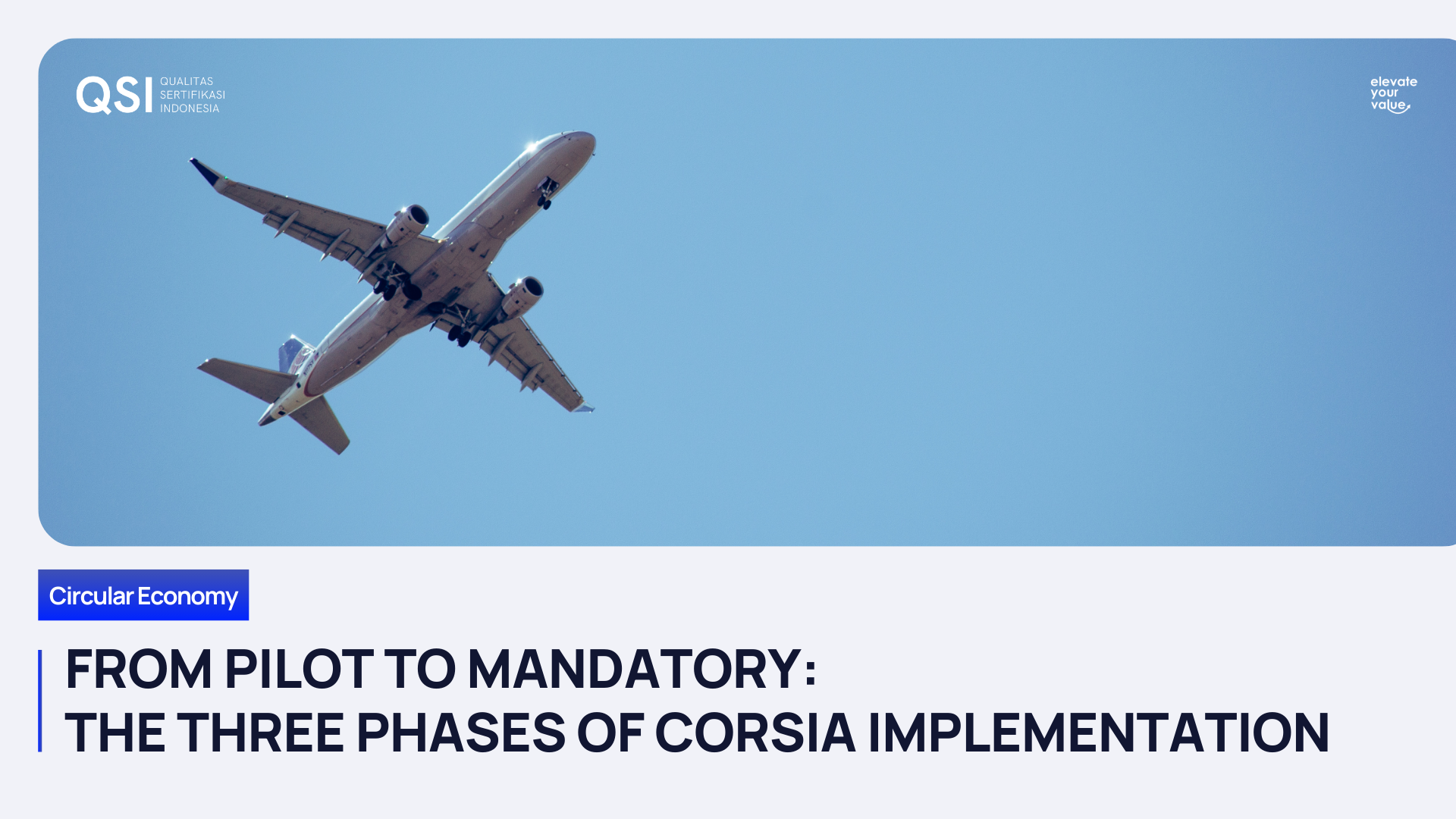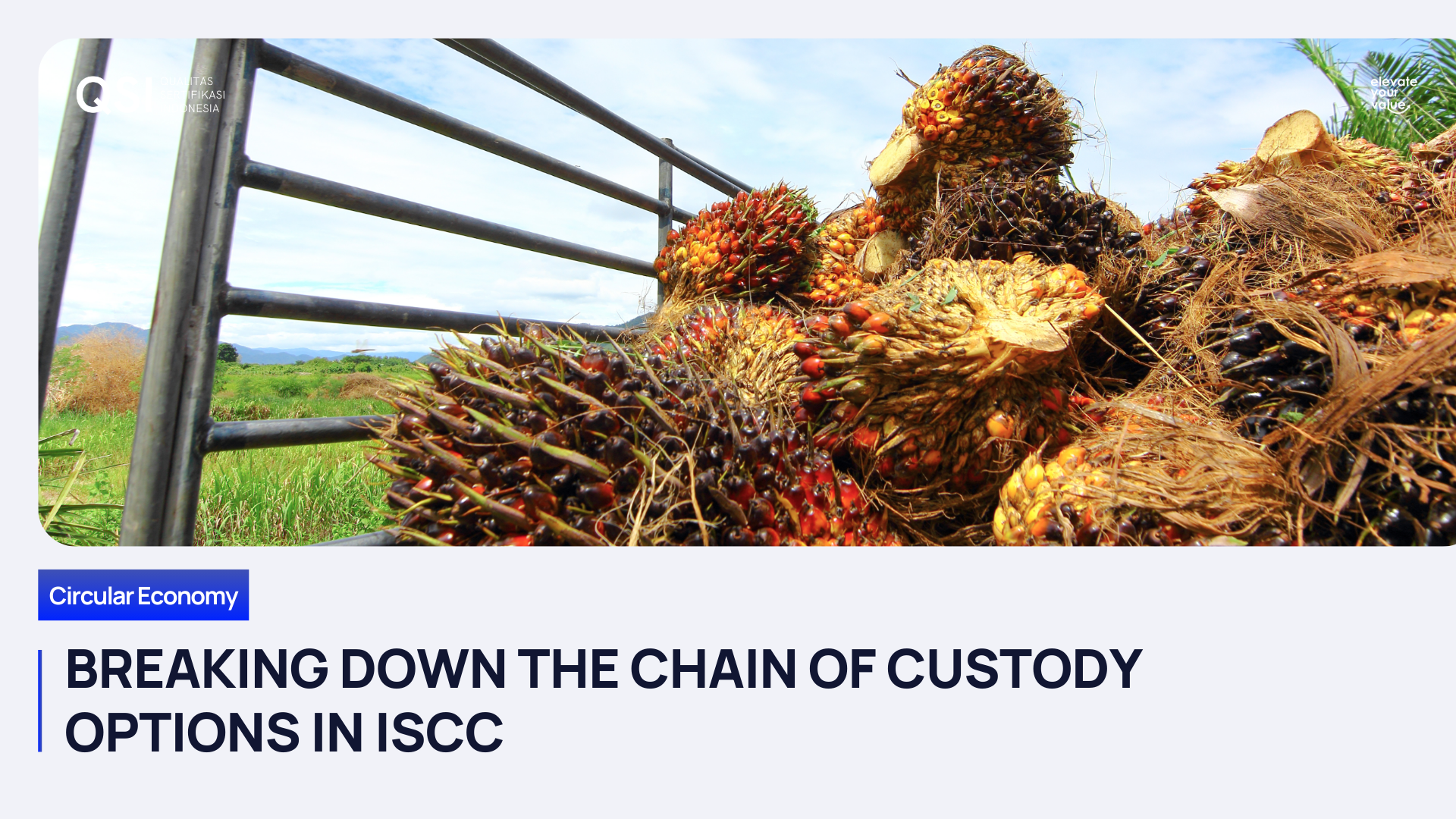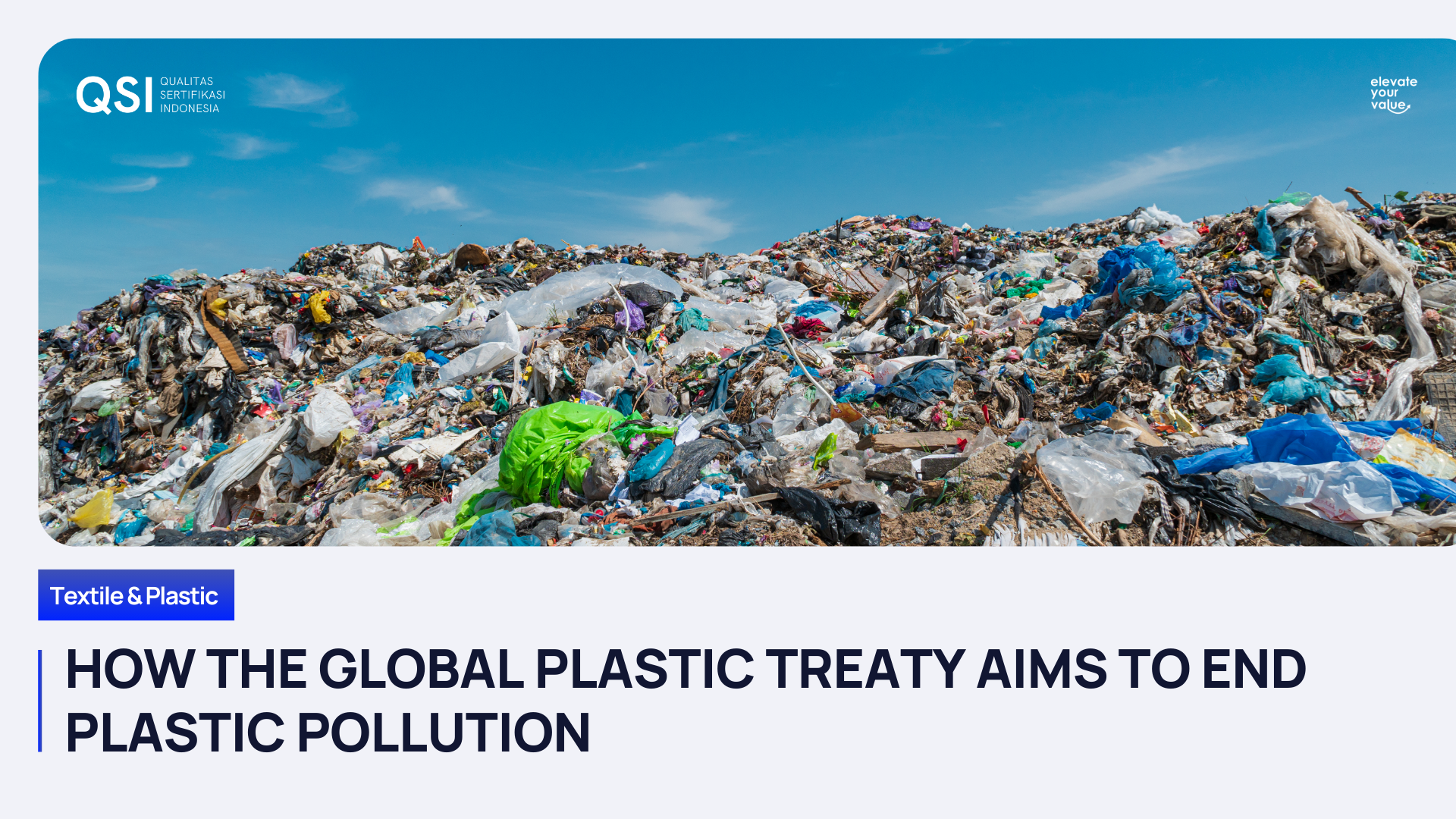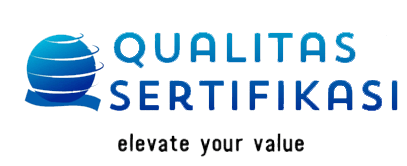Tetap Berbisnis Tekstil Sembari Menjaga Keberlanjutan Lingkungan
Tahun ini, industri tekstil atau garmen Indonesia ternyata telah mencapai satu abad. Hal ini dimulai dengan berdirinya Textiel Inrichting Bandoeng (TIB) pada 1922. Menurut Kementerian Perindustrian (Kemenperin), TIB ini menjadi cikal bakal institusi pelayanan jasa industri, yaitu Balai Besar Standarisasi dan Pelayanan Jasa Industri Tekstil (BBSPJIT). Balai ini juga membidani pendidikan vokasi tekstil tertua di Indonesia, yang sekarang bernama Politeknik Sekolah Tinggi Teknologi Tekstil (STTT) Bandung.
Di usianya yang 100 tahun ini, Kemenperin memperkirakan industri garmen akan tumbuh di level 10,44 persen pada kuartal pertama 2022. Adanya pertumbuhan itu didorong oleh lonjakan permintaan yang terjadi pada bulan Ramadhan 2022. Direktur Industri Tekstil, Kulit, dan Alas Kaki, Elis Masitoh, menyebut volume permintaan industri pakaian jadi pada Ramadhan 2022 sekitar 70 sampai 75 persen dari masa pra-pandemi COVID-19.
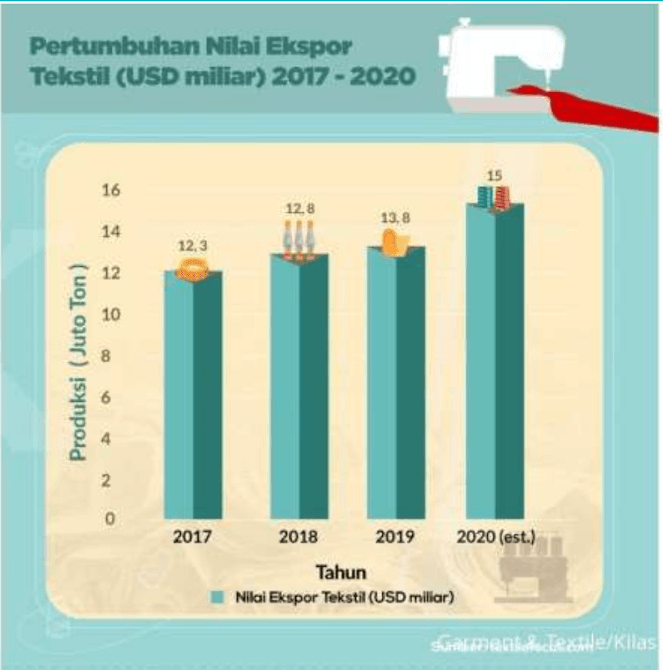
Di samping itu, data lain menunjukkan industri tekstil Indonesia terus mengalami peningkatan pada 2017 hingga 2019. Di lingkup negara-negara ASEAN, Indonesia menempati peringkat ke 12 negara yang melakukan ekspor tekstil dan pakaian. Dalam rentang waktu yang sama, secara global Indonesia masuk ke dalam 10 negara terbesar dalam memproduksi tekstil dan pakaian. Pertumbuhan industri garmen dan tekstil di Indonesia terus berkembang ke pasar global dengan pendapatan sebesar 39,22 miliar dolar AS, volumenya mencapai 8.343,76 kilo metrik ton pada 2019 dan CAGR sebesar 5,74 persen.
Di tengah kabar baik dan ekspor tekstil yang terus berlanjut, beberapa pihak termasuk Pemerintah Indonesia juga berupaya untuk memperhatikan lingkungan dan keberlanjutannya. Organisasi nirlaba Cotton Council International (CCI) Indonesia contohnya, berupaya mendorong industri tekstil Tanah Air untuk mengedepankan keberlanjutan.
Dari sisi pemerintah, BBSPJIT disebut melakukan kolaborasi dengan Dewan Serat Indonesia. Tujuannya, untuk membangun kembali ekosistem pengembangan serat alam sebagai alternatif pengganti bahan baku tekstil yang ramah lingkungan dan berkelanjutan. Kemenperin juga mendukung penerapan teknologi pada industri tekstil dan produk tekstil (TPT), untuk mendukung peningkatan produktivitas dengan tetap menggunakan pendekatan ramah lingkungan dan keberlanjutan secara global. Penerapan teknologi industri hijau dinilai mampu memacu efektivitas dan efisiensi dalam proses produksi di sektor manufaktur.

Dalam skala global, kini terkenal dengan istilah
Circular Textile. Hal ini muncul akibat kekhawatiran melihat pakaian saat ini diproduksi, dikonsumsi dan dengan cepat dibuang lebih dari sebelumnya. Sejak 1975, produksi serat tekstil global disebut-sebut telah meningkat tiga kali lipat. Skema ini mengupayakan penggunaan bahan secara berlebih dengan cara mendaur ulang (recycling) pakaian yang sudah tidak terpakai agar tidak menambah limbah tekstil. Hal ini juga mengupayakan peralihan
fast fashion, atau perubahan mode yang cepat dan volume yang masif, ke produk dengan kualitas lebih tinggi dan masa pakai lebih lama. Beberapa kota, seperti Amsterdam dan Milan, disebut telah mengambil langkah pertama untuk merangsang industri mode mereka lebih sirkular.

Informasi lebih lanjut seputar tekstil ini bisa teman-teman lihat di
media sosial QSI atau hubungi
nomor
yang tertera ya. Kita akan sajikan lebih banyak informasi seputar tekstil dan keberlanjutannya.
